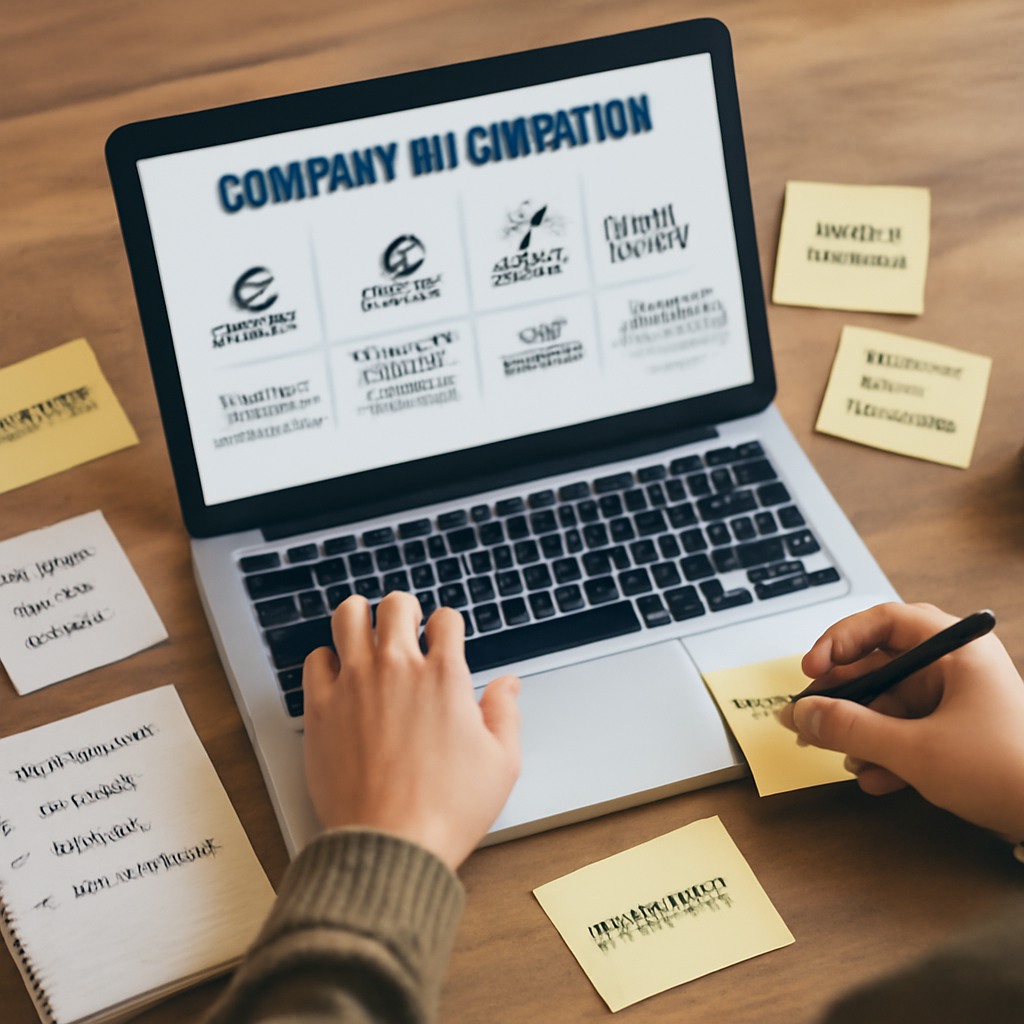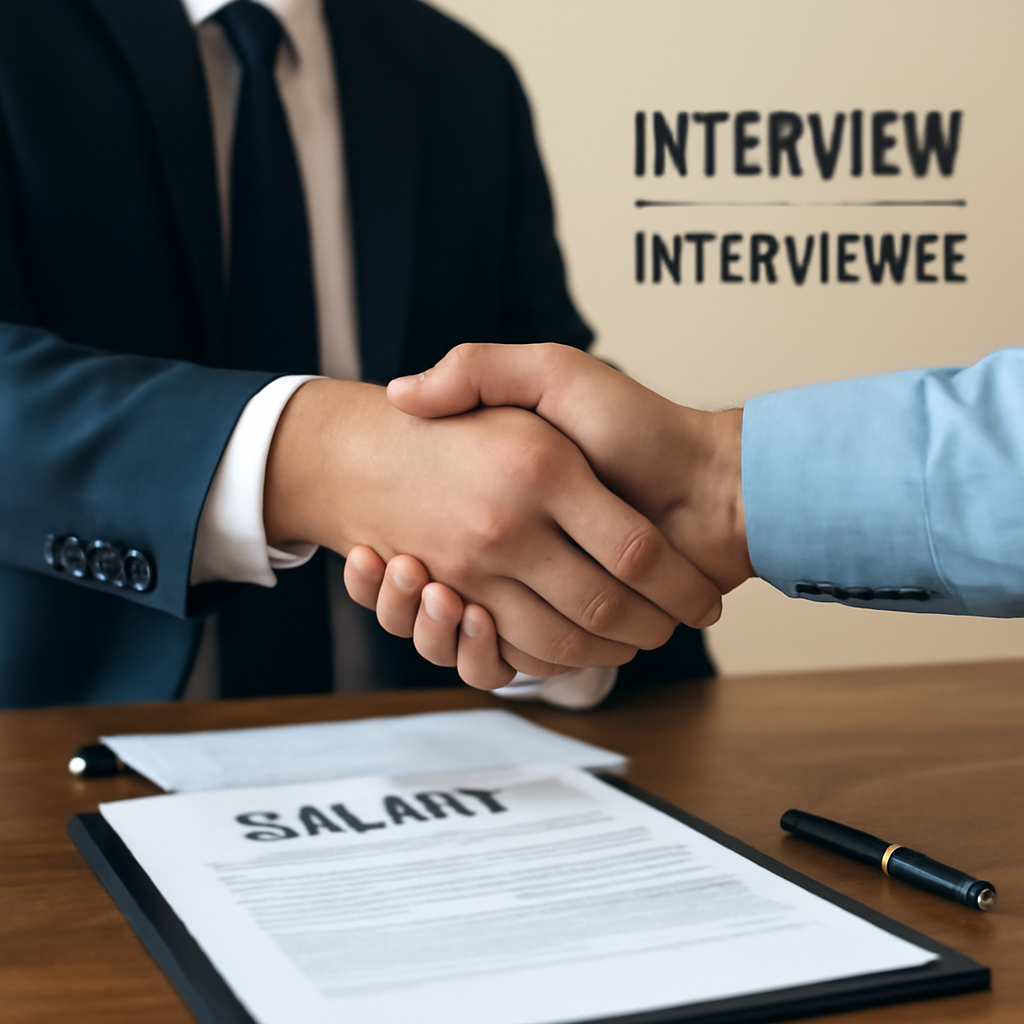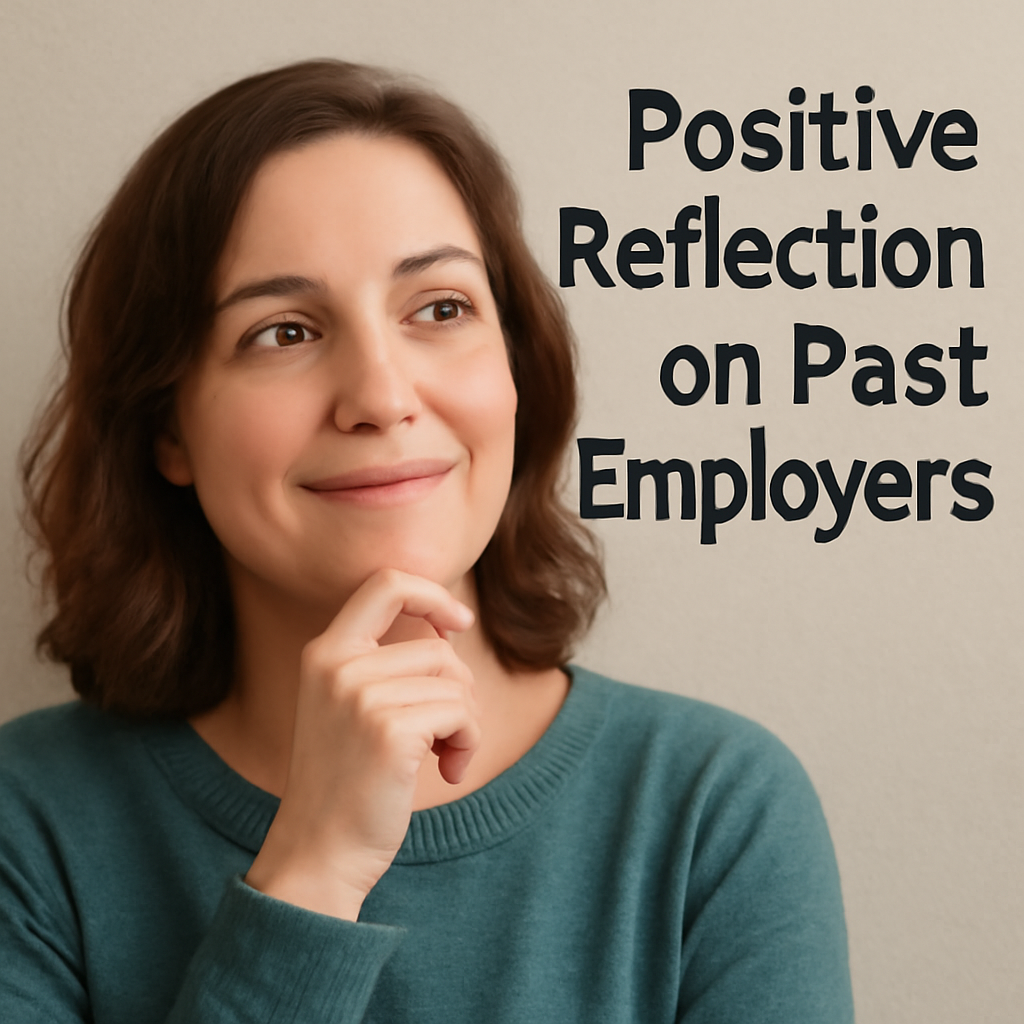Knowing what prevents people from getting a job can make you less nervous during your interview and help you get it. Interviews can make many candidates nervous. Nevertheless, if you know what to avoid, you will be able to approach interviews sans any nerves and confidence.
In this guide, we will see some of the biggest interview mistakes candidates make. And also how to avoid them. When you learn these mistakes, it can help you to enhance your performance at the interviews and with the right fix till you get the job you intend.
Going through the key interview mistakes and fixing them is important so you are able to showcase your skills well.
1. Lack of Preparation.
Falling short on interview prep is one of the most common mistakes. It demonstrates a lack of interest that creates awkward silences .
To ace your interview in 2025, you need to research the company and the job description carefully. Further, prepare some answers to the most common questions that recruiters ask. Practice your responses to ensure clarity and confidence.
 .
.
2. Poor Body Language.
Not Making Eye Contact, Slouching, and Fidgeting Shows That You Are Not Interested.
Keep your back straight, accord eye contact and gesture with your hand. To enhance your body language, practice in front of a mirror or with a friend.
 .
.
3. Overemphasizing Salary.
Getting involved in salary negotiations and benefits too early gives the impression that you are more interested in money than the work.
Just hold back till the interviewer broaches the salary subject. Highlight your abilities and skills, and how they may benefit the company.
 .
.
4. Not Asking Questions.
Not asking any questions could imply you’re uninterested or lack initiative.
Ask questions about any challenging aspect which came up in the interview. This shows your enthusiasm and engagement.
 .
.
5. Speaking Negatively About Past Employers.
Don't criticize past employers or coworkers - it makes you look bad.
It is essential to focus on what you learn from your past experiences and how they will help you qualify for this opportunity. Keep your tone positive and constructive.
 .
.
Conclusion.
By not doing these common interview mistakes, you'll increase your chances of getting hired. You will be alienating yourself from the audience if the first impression is not good.
 .
.